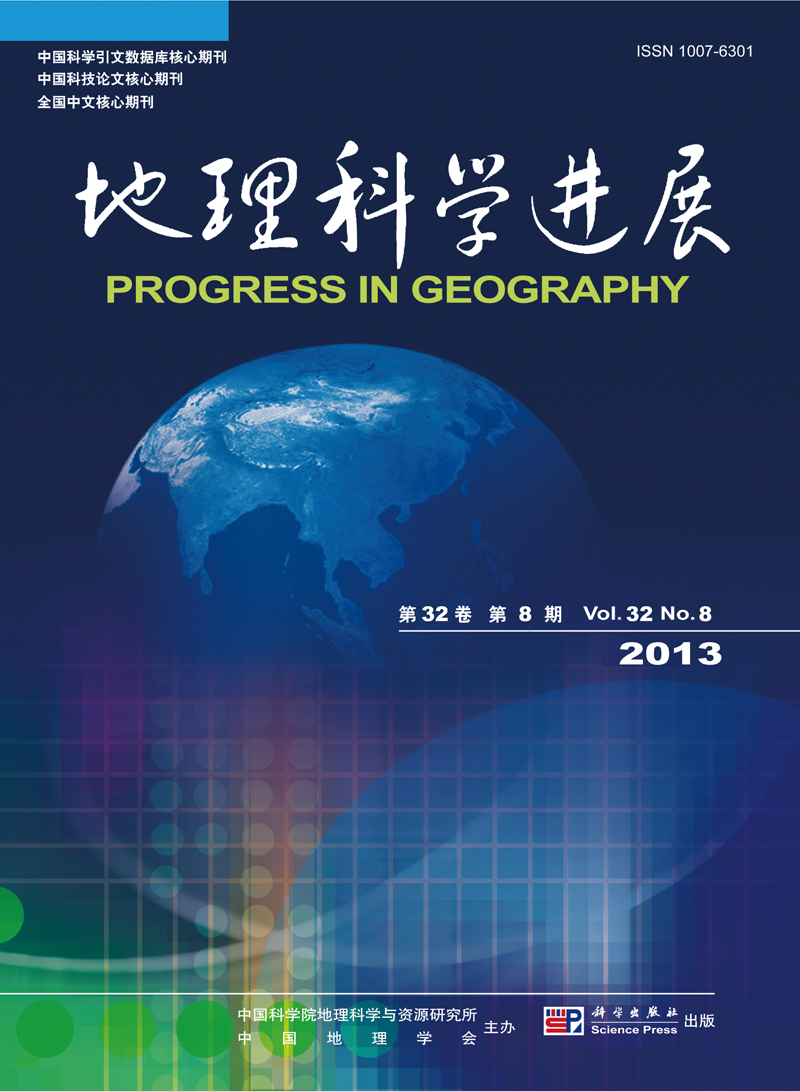Urban Geography & Regional Development
ZHANG Xun, ZHONG Ershun, ZHANG Xiaohu, WANG Shaohua
Internal spatial characteristics of commerce in a city are always one of the research focuses in commercial geography. Based on data from the first and second nation-wide economic census in China, we studied the spatial distribution and clustering of commercial networks in Beijing in 2004 and 2008. The data were divided into three parts: wholesale and retail, accommodation and catering industry, and residential services and other services. Commercial networks data included business name, address, industry classification, business type, income, staff, location code, and so on. Linking location code to business allowed us to obtain the spatial information of commercial networks, which is a basic approach of point pattern analysis in GIS. Based on the spatial characteristics of the commercial networks in Beijing, we chose kernel density, standard deviational ellipse and Ripley's K(r) function as the research methods and take 8 districts in Beijing as study areas. As widely used point pattern analysis approach for single scale, kernel density and standard deviational ellipse can show the distribution characteristics of commercial networks from microscopic and macroscopic view respectively. Furthermore, Ripley's K(r) function is a point pattern analysis method based on distance, which is often used to describe multi-scale of spatial clustering phenomenon. Compared to 2004, distribution and clustering of the commercial networks have changed significantly in 2008. The findings are as follows. (1) The commercial network of Beijing presents concentrated distribution, and forms obvious concentration area and centrality. The concentration center of commercial network is mainly located within the fifth beltway of the city, and the location of concentration center has changed between 2004 and 2008. Moreover, there are significant differences in the spatial bias among the commercial networks in Beijing. (2) Typical business areas are mainly distributed in the concentration areas of the commercial networks. In the result of kernel density, a highly concentrated area is distributed mainly around a typical business area. Examples of typical business areas with great influences on the distribution of commercial networks include CBD, Financial Street, Wangfujing Street, Zhongguancun, Olympic Village and Asian Games Village. (3) Choosing Tian'anmen Square as the center point, the patterns of spatial clustering of wholesale and retail industry and accommodation and catering industry are similar, showing increase first and then decrease. Greatly influenced by the residential areas, residential services and other service industries have changed dramatically between the two censuses. For Ripley's K(r) function value in 2008, the concentration of resident services and other services industries has a lower peak value than that in 2004, reflecting the diffusion for the networks of resident services and other services industries alongside with relocation of the residents from the city center to outer areas.
